Solar Light Batteries
-

-

-
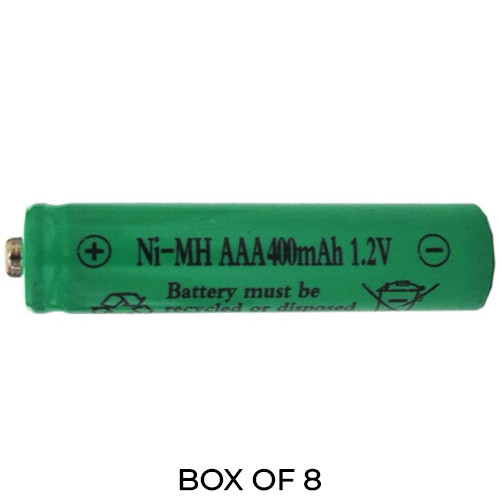
-

-
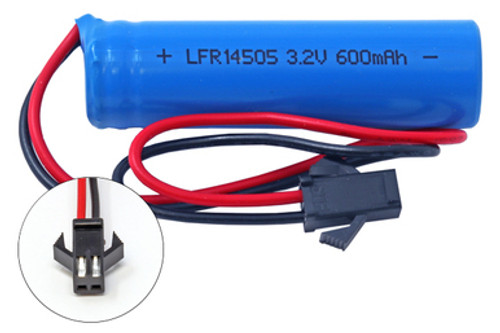
Power Portable
3.2V 600 mAh (14500) LiFeP04 Battery Pack for Gama Sonic Solar Lights
$21.99As low as: -
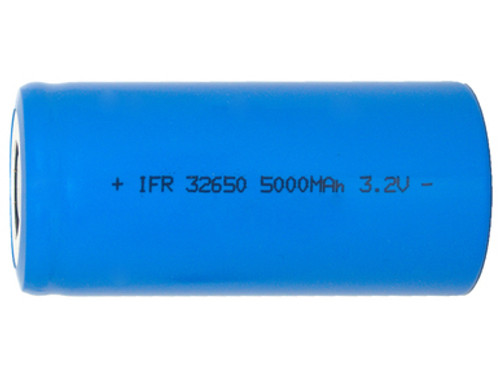
-

-
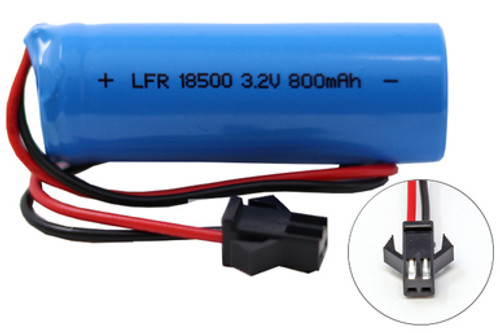
Power Portable
3.2V 800 mAh (18500) LiFeP04 Battery Pack for Gama Sonic Solar Lights
$23.99As low as: -

-
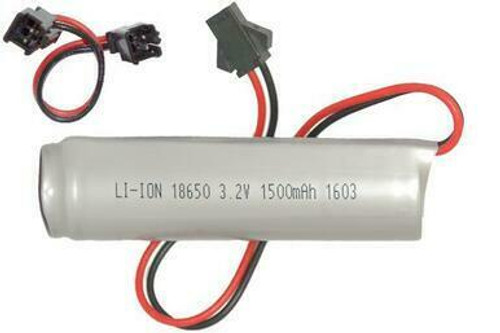
Power Portable
3.2V 1500 mAh LiFeP04 Battery Pack for Gama Sonic Solar Lights (Includes Male Adapter)
$25.99As low as: -

-

-
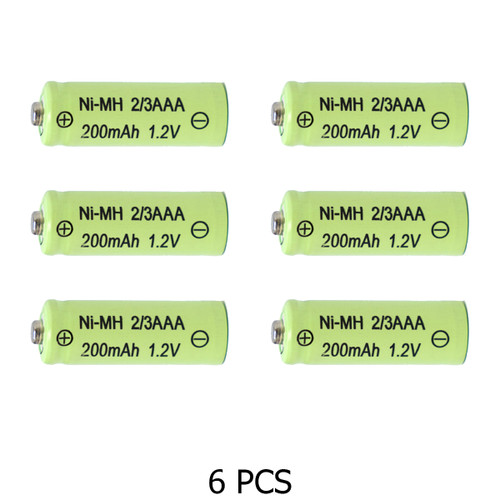
-

-

-

-

-

-

-
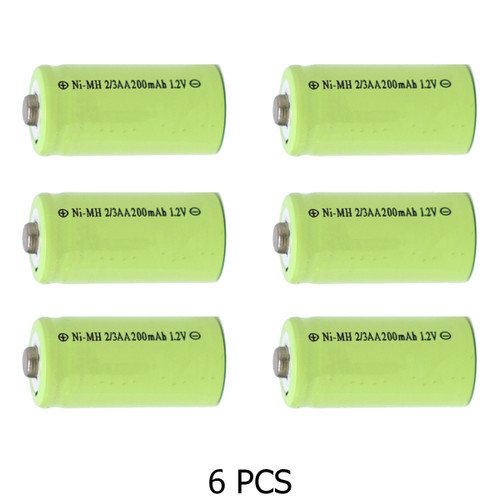
-
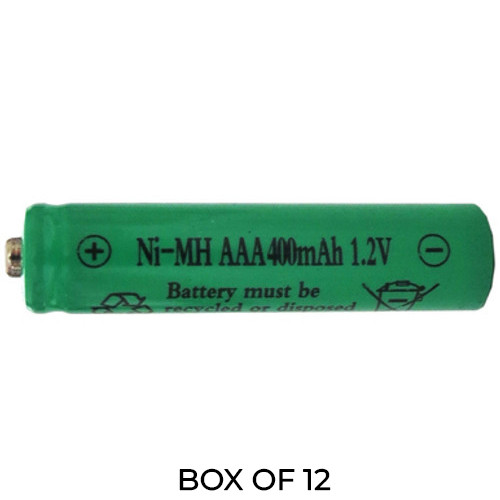
Solar Light Batteries
The Essential Guide to Solar Light Batteries
Solar lights have revolutionized outdoor lighting by providing a sustainable and cost-effective way to illuminate gardens, pathways, and landscapes. The key to their functionality lies in rechargeable batteries, which store solar energy collected during the day and power the lights at night. Selecting the right solar light battery is essential to maximize the performance and longevity of your lighting system.
The Role of Batteries in Solar Lights
Solar lights work by capturing sunlight through solar panels, converting it into electricity, and storing this energy in rechargeable batteries. As daylight fades, the stored energy powers the LED bulbs, providing illumination.
Why Batteries Matter:
Energy Storage: Batteries ensure the solar lights operate reliably, even during cloudy days or shorter daylight hours.
Performance Longevity: The right battery can significantly extend the life of your solar light system.
Eco-Friendliness: Rechargeable batteries reduce the need for disposable ones, minimizing waste and environmental impact.
Types of Solar Light Batteries
At Mega Batteries, we focus on two main types of solar light batteries: Nickel-Metal Hydride (NiMH) and Nickel-Cadmium (NiCd). Each type offers unique benefits and is suited for specific applications.
1. NiMH (Nickel-Metal Hydride) Solar Batteries
NiMH batteries are a popular choice for solar lights due to their high energy capacity and eco-friendly design.
Advantages:
Higher Capacity: NiMH batteries typically store more energy than NiCd batteries, resulting in longer runtimes.
Environmentally Friendly: Free of toxic cadmium, making them a greener choice.
Longer Cycle Life: Can be recharged hundreds of times, providing excellent value over time.
Common Sizes:
AA NiMH Batteries: The most widely used size for solar lights, with capacities ranging from 600mAh to 2800mAh.
AAA NiMH Batteries: Ideal for smaller solar lights, with capacities between 300mAh and 1000mAh.
Specialty Sizes: Includes 1/3 AAA and 2/3 AAA batteries for compact or uniquely designed solar lights.
Best For:
Garden lights, pathway lights, and other applications requiring moderate to high energy capacity.
2. NiCd (Nickel-Cadmium) Solar Batteries
NiCd batteries are an older technology but remain in use for specific applications due to their durability and temperature resistance.
Advantages:
Durability: Performs well in extreme temperatures and under high discharge rates, making them reliable in harsh outdoor conditions.
Established Technology: Compatibility with older solar light models ensures ease of use.
Common Sizes:
AA NiCd Batteries: Often used in larger solar lights, with capacities ranging from 600mAh to 1000mAh.
Sub-C NiCd Batteries: Designed for higher-drain applications like large outdoor lights.
Best For:
Extreme climates or older solar lights where durability is paramount.
Choosing the Right Solar Light Battery
Selecting the best battery for your solar light involves evaluating several factors:
1. Compatibility
Always match the battery type (NiMH or NiCd) and size (AA, AAA, etc.) with your solar light’s specifications. Using an incompatible battery can cause performance issues or damage the device.
2. Capacity
Higher capacity batteries (measured in milliamp-hours, or mAh) store more energy, providing longer runtimes. This is particularly useful for solar lights in shaded areas or those requiring extended nighttime operation.
3. Rechargeability
Choose rechargeable batteries to save money and reduce waste. Both NiMH and NiCd batteries are rechargeable and designed for repeated use.
4. Environmental Considerations
Opt for NiMH batteries if environmental impact is a concern, as they are free of toxic cadmium.
Maximizing the Lifespan of Solar Light Batteries
To get the most out of your solar light batteries:
Regular Cleaning: Keep solar panels clean to maximize energy absorption and ensure batteries charge efficiently.
Seasonal Maintenance: Remove and store batteries during prolonged periods of non-use, such as winter months, to prevent capacity loss.
Avoid Overcharging: Use batteries designed for solar lights to ensure they can handle the charging patterns of your system.
Replace as Needed: Even rechargeable batteries degrade over time. Replace them every 1-2 years for optimal performance.
Why Choose Mega Batteries for Solar Light Batteries?
At Mega Batteries, we offer a wide range of high-quality solar light batteries tailored to your specific needs. Here’s why customers trust us:
Extensive Inventory: From NiMH to NiCd, we stock various sizes and capacities to suit every solar light system.
Trusted Brands: We source reliable products that deliver consistent performance and longevity.
Expert Guidance: Our team is ready to help you find the perfect battery for your setup.
Eco-Friendly Options: Choose from a selection of sustainable and rechargeable batteries.
Illuminate Your Outdoors Efficiently and Sustainably
Solar light batteries are the cornerstone of any effective solar lighting system. By understanding the differences between NiMH and NiCd batteries and selecting the right size and capacity for your needs, you can ensure reliable illumination and extend the life of your lights.
Explore our selection of solar light batteries today at Mega Batteries and power your outdoor spaces with confidence and sustainability!

